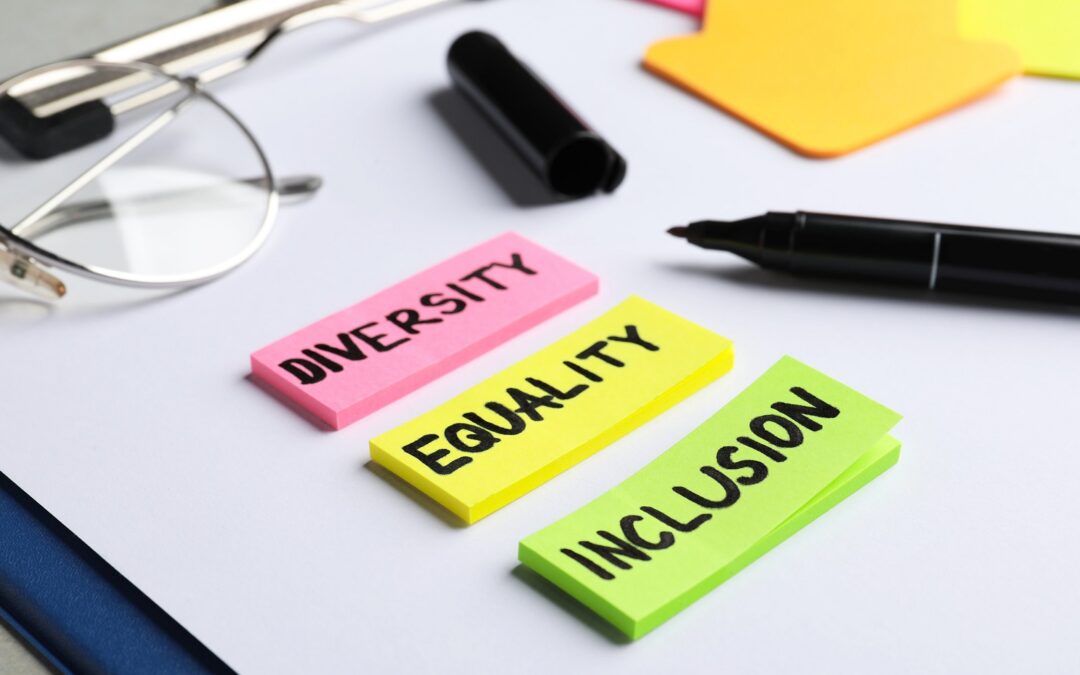
Diversity, Equity, and Inclusion (DE&I) programs strive to recognize and value diversity, allow for impartiality and equity across peer groups and make their companies inclusive.
Diversity is the recognition of employee differences within the workplace. Differences may include gender, race, ethnic affiliation, sexual orientation, age, physical ability, veteran status, marital status and whether one has children.
Equity refers to ensuring that workplace policies and procedures are impartial, fair and equitable for every employee across the board.
Inclusion means making employees feel like they belong, are supported and can be themselves without hiding any aspect of their identity.
For most organizations, its diversity equity and inclusion strategy has evolved, from being transactional and operational (tracking per government requirements) to becoming a strategic part of human resources and talent management initiatives. As a result, stakeholders increasingly expect a concrete DE&I strategy and continuing progress on DE&I objectives. HR departments are typically at the forefront of driving DE&I priorities. However, for DE&I to become part of the company’s culture, the initiatives must have support from the top to the bottom of the organization.
A successful diversity equity and inclusion strategy can actively cultivate creativity and build stronger interpersonal relationships within teams and throughout the organization. In addition, they allow employees to feel valued and supported, encouraging them to perform to their maximum potential.
What does a diversity equity and inclusion strategy mean for the mobility industry?
Even as DE&I initiatives grow across organizations, they often stop at the door of mobility. Often there is an apparent disconnect between a company’s overall DE&I strategy and its employee mobility program. Gender and family status are the only diversity data typically tracked relative to relocation. Still, even that limited data suggests that companies don’t fully understand the characteristics of their transferring employee population.
Awareness of and addressing the DE&I challenges that may face an employee (and their family if applicable) who is relocating can increase the likelihood of a successful permanent move or assignment and cultivate a more inclusive mindset and overall positive job satisfaction.
At a minimum, companies should review their mobility policies and procedures to ensure that the language is inclusive and non-discriminatory. This might include examining their current use of pronouns and updating the policy accordingly, recognizing and providing support for all types of families and allowing single employees to include a friend or relative during appropriate points in the relocation process.




